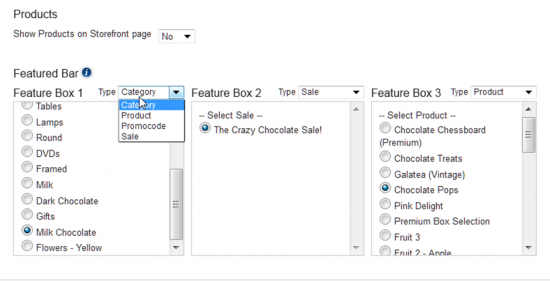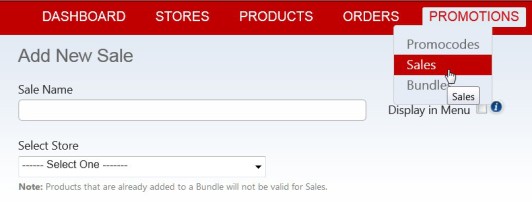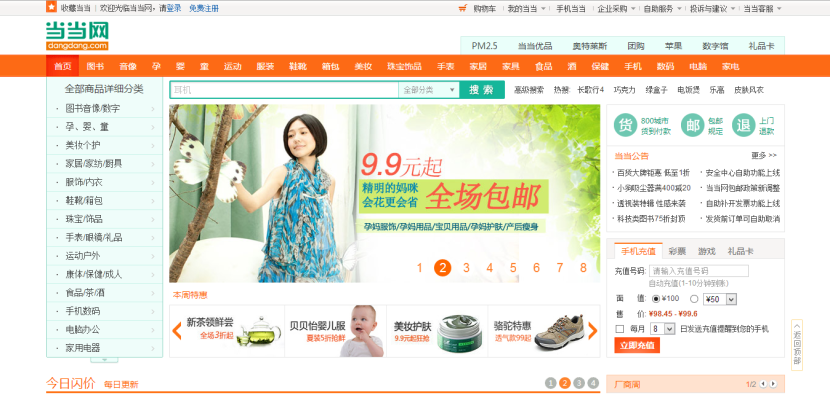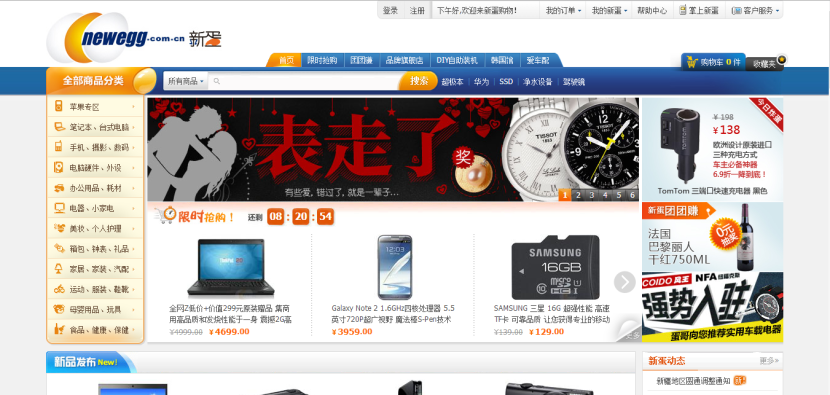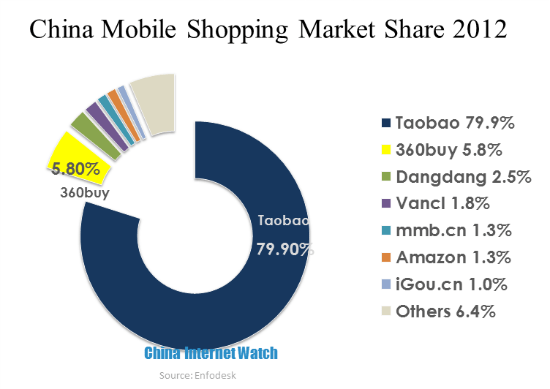The Wowcart team started a Storify project to chronicle news coverage about the Singapore haze situation, described as the worst in the country’s history.Then they wrote about how and why they did it. Read the Singapore Haze storify pages here

The view up high on Day #3,when the PSI was 401
We started our social media experiment on the third and worst day of the “Singapore haze crisis.” We decided that we would start collecting and uploading news posts and images from online newspapers and other sources about the haze as the events unfolded, creating a curated selection of media that others could refer to. While this was an attempt to organize the reportage that was flying furiously through the internet, it also represented a way of creating order out of what was, at that moment, a raw and intense moment in our local zeitgeist. It would also serve as a central resource for multiple sources of information and media.
More about the motivation behind this project: Why we Storified the Singapore haze
The idea was simple – start “pinning” stories to some kind of board, so people could see all the news in one place as the event unfolded. The newsfeeds were shooting out articles by the minute, each one more intense then the previous one. It would also allow us to curate global news coverage, which was important because the source of our haze problems was actually international. Finally, we wanted to collect live images of haze, aerial maps and Pollutant Standard Index (PSI) readings for those who wanted the latest updates in this area.
After some discussion, we chose Storify over two other potential applications Paper.li and Rebelmouse. Unlike Rebelmouse, which allows you to categorize your stories with tags and tabs, Storify allowed you to create story “collections.” Paper.li, which operates more like a publishing mechanism, wasn’t suited to our situation; we wanted to continuously update a page quickly and without termination points.
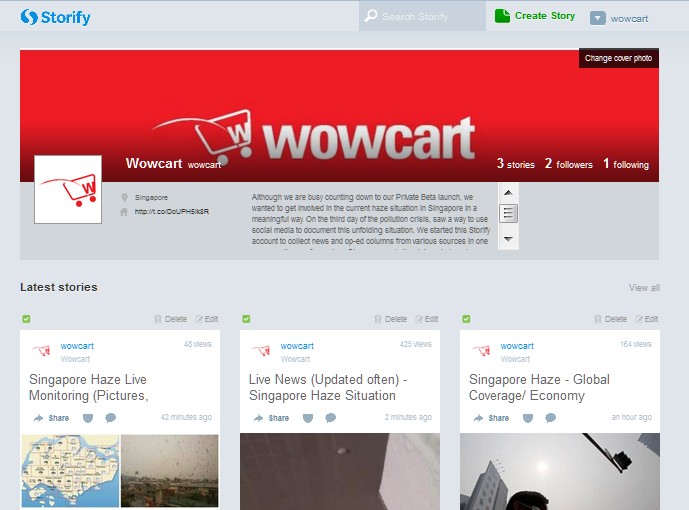
- Wowcart’s Storify page
We set up three story categories:one for updated local news, one for air quality readings and live pictures and one for international coverage and analysis. With Storify, all you have to do is drag a button called a bookmarklet from your collection page to your browser bar to “install” it. Once that is done, select an article in your browser to add to your collection, and click on the browser bookmarklet to post it to your Storify Collection. Choose your collection from a pull-down menu, or create a new Collection on the spot. After Storify confirms that the article is saved, you can view the Collection page or continue browsing the web. Total time to save a story to your collection: approximately 5 seconds.
Storify is not new in terms of its technology, or even as a type of service. Other than Paper.li and Rebelmouse, who both use the same “bookmarklet”-style to allow its users to collect material and save it somewhere, the note-taking application Springpad, and even Pinterest, allows you to collect content in this way, and display it in various formats. Both Rebelmouse and Springpad have advanced offerings that are also free. For example, Rebelmouse allows you to “freeze” and pin an article so it stays on top of your page, or in whatever position you place it, and pin an article to multiple collections at once. Both Rebelmouse and Springpad also allow you to comment on your collection as you are bookmarking it, rather than after, like Storify.
Publicizing our Storify account – Limitations
With about 20 links in our collection, it became a question of how we would get anyone to read our collection. Yes, this was a noble and important exercise, but nobody knew about it. We had to get marketing.
Because a portion of our Twitter and Facebook subscribers are international, we knew this topic would not interest everyone and wanted to be careful not to “overpost.” And although our web site is live, we had not launched our services yet; a private beta launch was actually imminent. Apart from limited resources, we didn’t really have anything to promote or sell. Logically, we wondered if there was any real connection between our company and this activity.
Finally, we chose to use Twitter predominantly, since the format of Twitter encourages multiple announcements, and other than this, we would have to ask our friends to forward our links. If possible, we would look for relevant discussion forums as a secondary marketing activity. All in all, now, this had become a valid exercise in content marketing, building white hat back-links, and the execution of Twitter and Facebook strategy.
Updating multiple accounts, and scheduling
We used a free Hootsuite account to schedule and prepare our posts. Because Hootsuite still limits posts for all social media to about 400 characters, we had to use Facebook for the direct Facebook posts that were longer. This also meant that Hootsuite would not have a record of them for tracking purposes.
The Results?
The results were definitely mixed. We posted only twice on our Facebook page, getting about 10 likes each time. With Twitter, we used individual news items to draw clicks to our collection pages. Beyond this, we told our friends about the Storify pages, and hoped that they would inform others.
Nobody’s reading? Ridiculous!
Hootsuite allows you to create reports that show you how well your Twitter posts do. Given that we had only just started out, we chose to only set up the one that shows you how many URL clicks each post gets. Our initial Hootsuite report seemed to indicate that no one was reading or clicking on the link to our Storify page. We naturally wondered how this could be when our content was so riveting. Compared to the National Environment Agency’s twitter releases, at least, we were practically Oscar Wilde. What were their 60,000 Twitter followers getting from tweets like these?
Each tweet garners more than 30 re-tweets within the first 10 minutes.
Some Lessons Learned
Some advice we can offer now is to first research and include the relevant Twitter hashtags that reflects the topics you want your posts to be included in. reflects. We used #sghaze, which we found was used not only by many, but newspapers. When the haze started to blow upwards towards Malaysia, we added #malaysia and #haze, as well. When referring readers to an external web site, shortening your URL is another important thing to do because it allows you to say more within your 140-character limit, and Hootsuite does this for you with their automatic URL shrinker. Other than that, dropping prepositions and using “&” can also help.
Even then, the witty and engimatic Twitter calls to action we thought did not always have the impact we thought it would. For example, a post about what president Susilo Bambang Sudhoryono, Malaysia’s Prime Minister Najib and Singapore’s Prime Minister Lee Hsien Loong were saying about the haze on their Twitter and Facebook pages was not as popular as a post that linked to an article comparing Facebook and Google+ for businesses. The latter was a pre-scheduled post that was part of our normal tweet programming, which we did not stop during this period.
Chugging On
Despite this depressing information, we continued on. As our free Storify account doesn’t have much in terms of analytics, we measured success simply by the number of reloads the pages received. There was an approximately 20% increase in views on the second day, and 50%-60% increase on the third and fourth day. These jumps coincided with our friends posting this link to their own thousand-friend Twitter feeds. We realized that getting as much mention of the project out there as we could would be important.
Growth was clearly an exponential, as long as you kept tweeting. By the second day, our Hootsuite reports showed a couple of clicks per post, and by the third, this number had increased by about 40%. We also realized only on the fourth day that we had some followers who were re-tweeting us. We did not notice this initially because we used Hootsuite to monitor our accounts, and followers aren’t shown there. It seems Hootsuite also doesn’t show you when someone favourites your Tweet, so check your direct Twitter feed if that’s important to you. As an added advantage, our Storify page showed up on a second page search for “global singapore haze coverage” even though we had not registered it. It also takes some time to reflect re-tweets, so remember to keep checking after the tweet appears in your stream We started looking into drop-posting in Linkedin and a few, relevant travel forums. The haze was a critical topic of interest there.
However, by this time, we were experiencing serious fatigue. Keeping up with the news cycles about haze was difficult and adding substantially to our workload. The haze had abated to an extent in Singapore, but now was creeping upwards to Malaysia. Meanwhile, in Indonesia, Riau, the town nearest to the deforestation activity, had reached a critical point in terms of smog suffocation, and had started evacuation procedures. To draw readers, posting in Twitter was key, but formulating Twitter posts to include both our shortened URL, the relevant hashtags, and a witty and succinct call to action, had to be one of the most difficult things a person can do.
Then, it started to rain.
Even as the news cycle started to wane, the first burst of rain came after almost 10 dry days. The abruptness of it, and lack of any real-time coverage, led us to search Twitter for real-time updates and pictures. To add to this new event, rumours and sightings of hail during this rainstorm, an extremely rare, and practically impossible event here in Singapore made it a highly newsworthy occurrence. For the first time, we Storified tweeted images and video, and then tweeted about it, asking for more recommendations. Our storify page reloads jumped again.
http://instagram.com/p/a_FqQgPm1j/#
An example of one of the funnier, obviously doctored images that were circulated after the rainstorm. We didn’t add this to our Storify project.
Final Thoughts
We had compressed quite a lot into just the first day. Although Hootsuite and Storify are easy to use, they still presented a bit of a learning curve. And using social media for your business is not just about posting updates; using it effectively means marrying the learning of the application with technical know-how, content production, and overall planning and coordination.
If we can conclude anything at this mid-way point, it is that using social media effectively for your business is a process, a strategy, and most of all, a journey. It is a process because you need to establish a system of usage, tracking and reporting. With the results gathered, you can analyse, interpret and improve your next effort. It is a strategy because you need a plan of execution that depends in part on the system you establish. And finally, it is a journey because it is an iterative procedure, and every time you repeat, results get better.
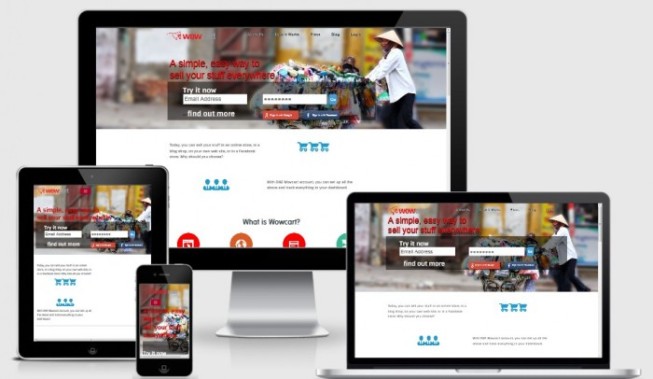

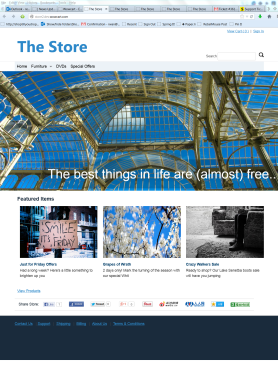











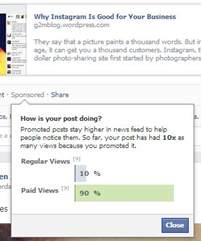


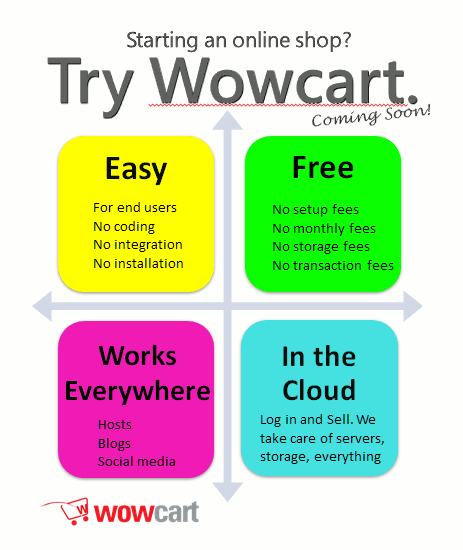


![Sensible Social Media Checklist for Businesses v2.0 WBG Sensible SocialMediaChecklist v2.0 Sensible Social Media Checklist for Business v.2.0 [INFOGRAPHIC]](https://i0.wp.com/www.thewholebraingroup.com/wbcntnt/wp-content/uploads/WBG_Sensible_SocialMediaChecklist_v2.0.jpg)



 As convenient as online shopping can be, sometimes coordinating the receipt of purchases can be a hassle, especially for shoppers who are not at home during standard delivery hours in the day.
As convenient as online shopping can be, sometimes coordinating the receipt of purchases can be a hassle, especially for shoppers who are not at home during standard delivery hours in the day.




![Whether social medial commerce will be a viable revenue channel is still being debated, but in Asia, social media networks are a clear leader in terms of online shopping. Image courtesy of [KROMKRATHOG] / FreeDigitalPhotos.net](https://g2mblog.files.wordpress.com/2013/06/id-10074109.jpg?w=830)

![Attribution Image courtesy of [KROMKRATHOG] / FreeDigitalPhotos.net](https://g2mblog.files.wordpress.com/2013/06/fromfreedigitalphotosid-100161653.gif?w=830)













